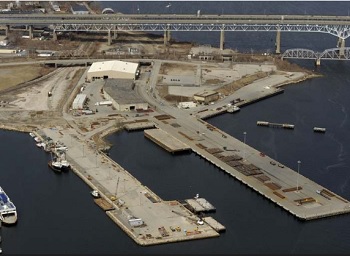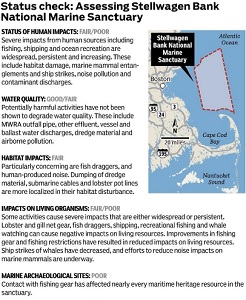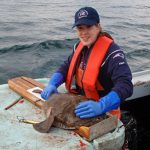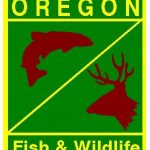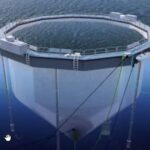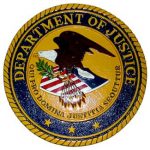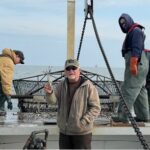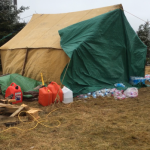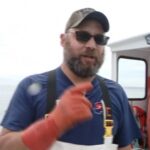Monthly Archives: March 2020

U.S. Commerce allocates $35M for P-cod, Chignik fisheries disaster relief
Fishermen affected by the 2018 Pacific cod and Chignik sockeye disasters will soon have access to about $35 million in relief funding. Secretary of Commerce Wilbur Ross allocated about $65 million to fisheries disaster relief, about $35 million of which is for Alaska,, about $24.4 million will go to the Pacific cod fishery disaster and about $10.3 million to the Chignik sockeye fishery. The funding was appropriated when Congress passed the 2019 Consolidated and Supplemental Appropriations Act. >click to read< 15:02

Top Gov Aide: Britain doesn’t need Farmers or Fishermen!
One of the most senior Government advisers has said the UK does not need its farming or fishing industries, according to reports. In comments seen by the Mail on Sunday, Dr Tim Leunig is understood to have said the food sector was ‘not critically important’ to the country’s economy, and that agriculture and fisheries ‘certainly isn’t’. The economic adviser to the Chancellor, in his leaked emails, is reported to have said ministers could follow the example of Singapore which is ‘rich without having its own agricultural sector’. >click to read< 13:34
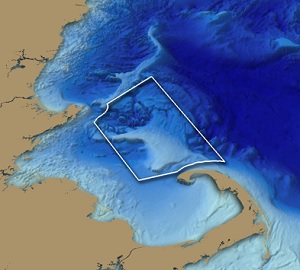
A pilot program for Stellwagen National Marine Sanctuary – Saving Small Boats Fishing into the Future
Back in 1972 when Stellwagen Bank Sanctuary was established, my mother, Lena Novello, who was president of Gloucester Fishermen’s Wife Association was on the committee with local fishermen & their communities that fought to stop oil & mining companies from opening the Stellwagen Bank. Back then I was the captain of F/V Vlncie N who fished Stellwagen Bank regularly with many other Gloucester fishermen & also Plymouth, Scituate & Provincetown fishermen and was told local fishermen will always be able to fish Stellwagen Bank into the future.,, Changing times, with changing oceans have changed the golden words of Stellwagen Bank Sanctuary, as now they want to ban all dragging for Commercial Fishing. Is our future going to be wondering if all fishing will be banned ln Stellwagen Bank Sanctuary? by Captain Sam Novello >click to read< 11:36
Status Check: Assessing Stellwagen National Marine Sanctuary – >click to read<

A night with Dave and Bear at Happy Jacks Saloon: The Last Morro Bay Fisherman’s Dive
Dave hated me. Wanted to fight me. Wanted to kick my ass. Felt I upstaged and up-ended him in every way. He was the unofficial leader of the “Brew Crew,” a notorious pack of young fishermen and deck hands who, when they were in town, terrorized Happy Jack’s like wild west cowboys treeing a saloon after a long cattle drive.,,, Nobody else was saying anything. Fishermen love to see a good fight. So, as Dave bristled and continued challenging, berating and threatening me, I spied his at-least-100-pound Rottweiler, Bear,,, >click to read< 08:15






